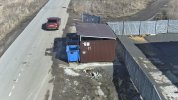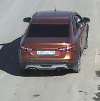If you had thousands of pictures of Spot, you could definitely train a model on those pictures and it would be able to find Spot in other pictures you gave it.
But the big problem is it may not necessarily know enough to distinguish Spot from a similarly shaped animal. If you want to get a model that can definitely recognize only Spot, you'll need lots of images that are not Spot, so it can learn the difference.
But the big problem is it may not necessarily know enough to distinguish Spot from a similarly shaped animal. If you want to get a model that can definitely recognize only Spot, you'll need lots of images that are not Spot, so it can learn the difference.



